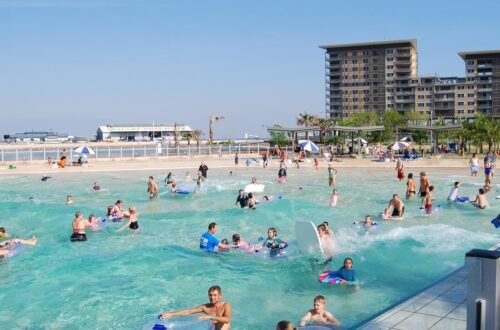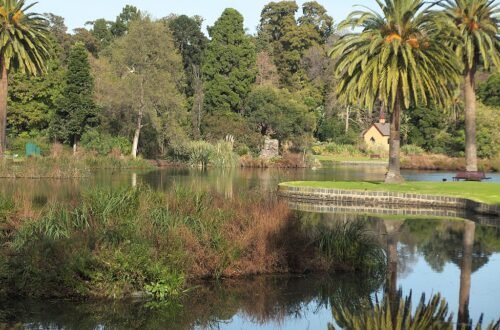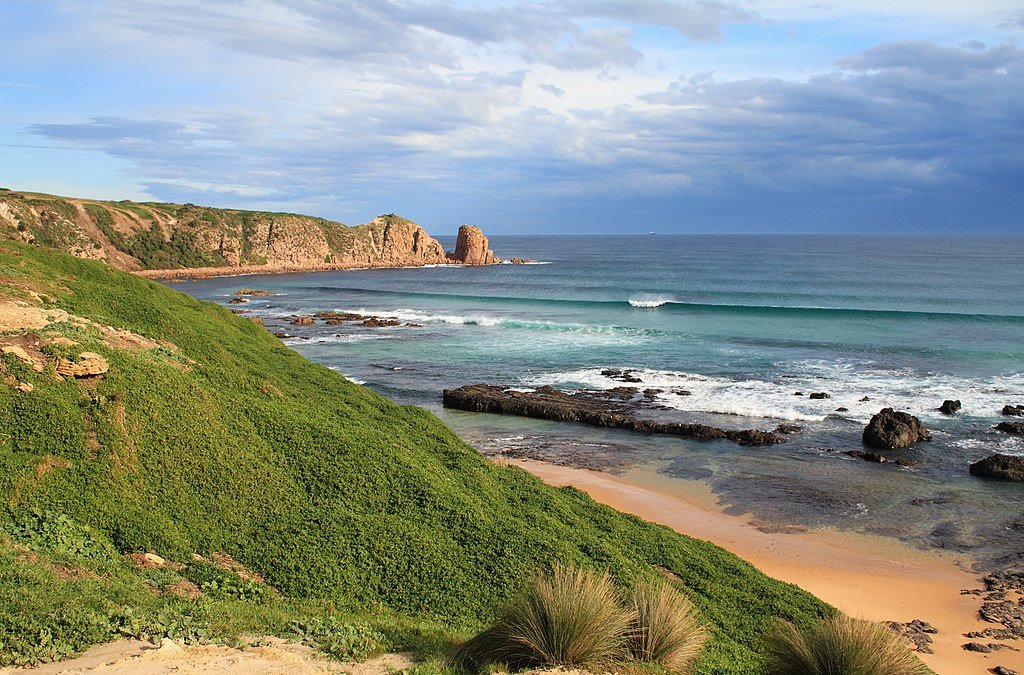
15 Best Places to Visit in Victoria (Australia)
The state capital of Victoria, Melbourne, has been named the world’s most liveable city six years in a row by The Economist. Melbourne also won the award for having the best coffee in the world, defeating longtime favourites Rome and Vienna. There is plenty to do outside of Melbourne’s urban bustle, though, with 2.6 million foreign visitors coming to Victoria in just one year (2016): drive the renowned Great Ocean Road, unwind on the beach in a coastal village, take in the beauty of a national park, or visit Phillip Island’s adorable little fairy penguin colony. Spend a few weeks exploring Victoria if you have the time because there is so much to do there. You’ll gain a wonderful understanding of Australian metropolitan and rural culture, meet lots of welcoming Australians, and create lifelong memories. Let’s investigate the top destinations in Victoria:
- Dandenong Ranges
- Bendigo
- Mornington Peninsula
- Fitzroy
- Phillip Island
- Ballarat
- St. Kilda
- Healesville Sanctuary
- Grampians National Park
- Great Otway National Park
- Torquay and the Great Ocean Road
- Alpine National Park
- Carlton Gardens
- Wilson's Promontory National Park
- Daylesford
Dandenong Ranges
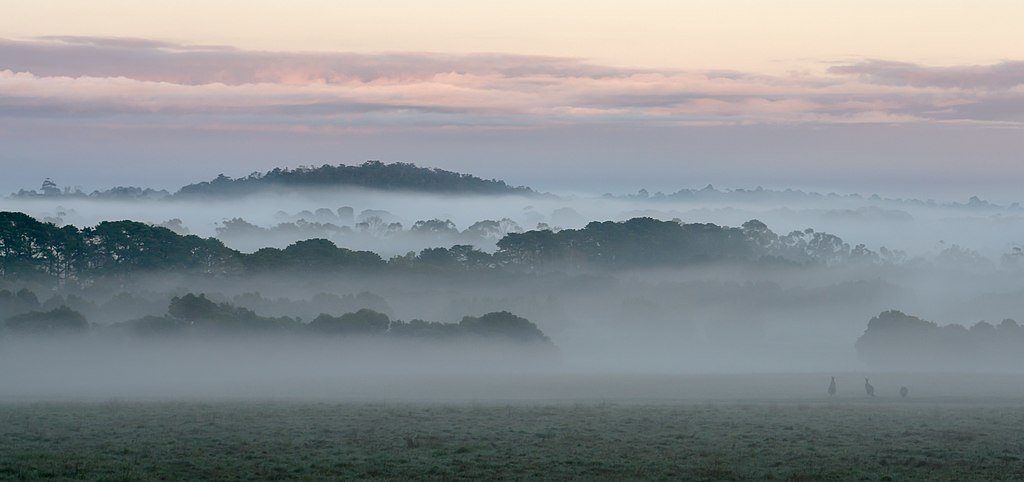
A low mountain range called the Dandenong Ranges can be found 35 kilometres outside of Melbourne. They are stunning, luxuriant, and green, making for a well-liked natural day excursion for locals as well as a must-see for tourists. The well-known Puffing Billy scenic railroad, for an instance, is a wonderful opportunity to take in the Ranges’ natural grandeur. At 633 meters, Mount Dandenong is the highest peak. Great farm-gate vegetables, breathtaking bushwalks, charming bed-and-breakfasts, adorable small villages, impeccable gardens, and well-preserved Australian architecture can all be found here. The Ranges are home to a wide variety of animals, including kangaroos, koalas, wombats, and more.
Bendigo
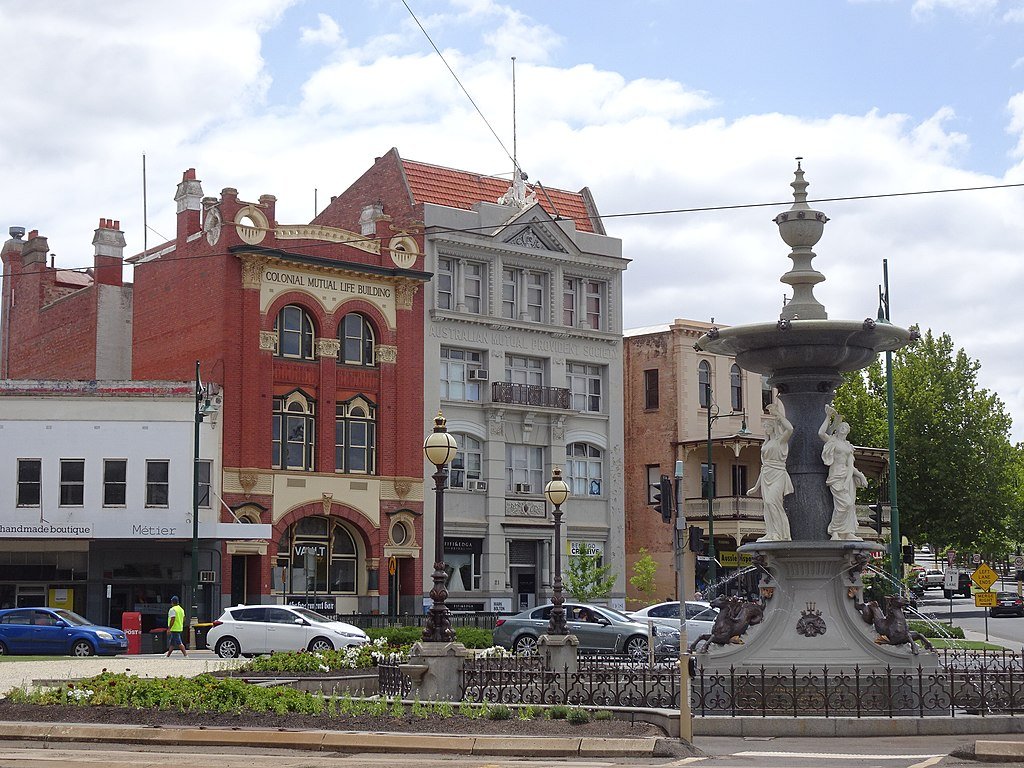
An interesting look into Victoria’s past may be found in Bendigo. Bendigo, which can be reached by train and is less than two hours’ drive from Melbourne, experienced a gold rush boom during the Victorian era. Bendigo is well-known for both its heritage buildings and gold rush history due to the abundance of well-preserved Victorian architecture in the area. At one point, Victoria’s goldmines produced more gold than any other place in the world besides California, with almost 1 million kilogrammes of gold having been extracted in Bendigo alone since mining started in the 1850s. Similar to the American gold rush, the Victorian gold rush resulted in an inflow of immigrants from Australia and abroad, converting the town from a sleepy sheep station into a bustling community. Some popular sites for heritage and cultural tourists to visit in this now-thriving modern city are the Discovery of Gold Monument, the Bendigo Tramways Museum, and the Golden Dragon Museum (which commemorates the Chinese population that developed during the gold rush, peaking at 20% of the town’s population in the 1860s), and the Joss House Temple, as well as several buildings that are listed on the Victorian Heritage Register: the Bendigo Town Hall (built in 1859), the Old Post Office, the Law Courts (1892), the Sacred Heart Cathedral (1896), Shamrock Hotel (1897), and the Memorial Military Museum (1921). Beyond heritage and cultural tourism, the expanding city has a lot to offer, including attractive national parks, a science museum, the top-notch Bendigo Art Gallery, and the Bendigo Botanic Gardens, which look out over the stunning Lake Weeroona. The Central Deborah Goldmine is the best option for a thoroughly educational taste of the history of the gold rush; this underground tour of a real historical mine shaft is an unforgettable experience (although perhaps not ideal for the claustrophobic). At the conclusion of your trip, you can even pan for gold!
Mornington Peninsula
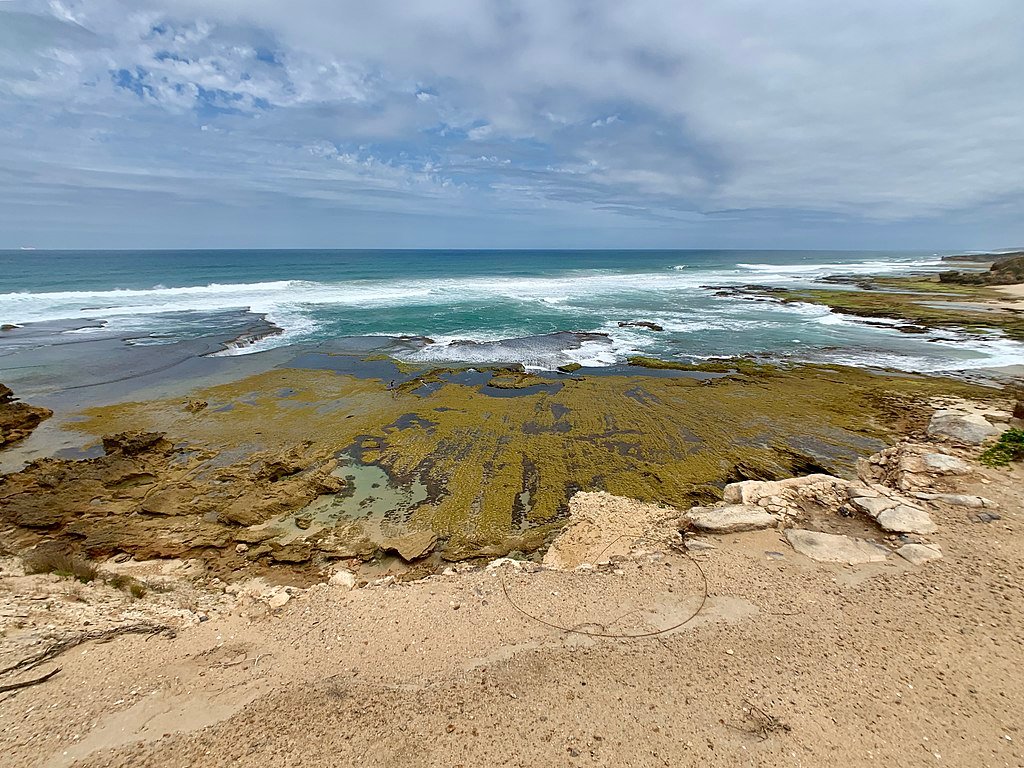
It is just over an hour away (and a very nice drive) from the rush and bustle of Melbourne. The peninsula is well-known for its vineyards, cherries, berries, and farm-fresh vegetables (as well as delicious restaurant fare!). It’s also a well-known location for foraging, particularly for sea spray herbs, seaweed, and mushrooms. (Mushroom Tours provides helpful tips on how to tell the difference between the toxic and delectable ones!) The stunning walking trails on the peninsula are a must-see, like many local attractions, but there is also a tonne to do in the cities. Given the scarcity of natural hot springs in Australia, the Peninsular Hot Springs near Sorrento are exceptionally delightful. Family-friendly activities abound in Rosebud and Rye, while Portsea has a beautiful tavern for a drink by the sea. Mount Martha is also well worth a visit because of the cheerful, colourful shacks that line the beach there. On the peninsula, there are many national parks that together cover more than 25,000 hectares. They include beautiful locations like Cape Schank (home of a lighthouse built in 1859 that still operates today, as well as being a perfect spot to catch the sunset).
Fitzroy
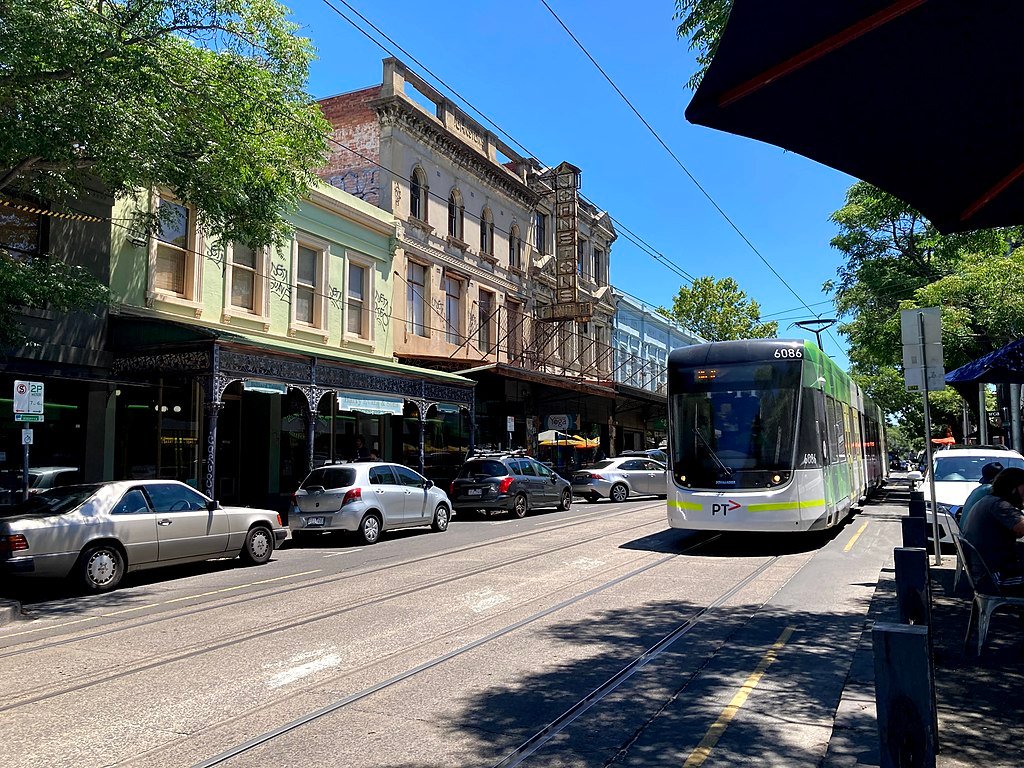
Time Out describes Fitzroy as an “inner-city mecca for all things cool and kooky”; vintage shopping, a vibrant bar and pub scene, a thriving alternative subculture, and delicious restaurants serving a wide range of Australian and international food, generally at very reasonable prices. Fitzroy’s vibe is its strongest feature; it’s a wonderful neighbourhood to roam around in, but there are also many live music events happening all the time, as well as a variety of markets, art events, etc. It’s also a must to stop by the in.cube8r Fitzroy Emporium and Gallery.
Phillip Island

Phillip Island is a well-liked day trip destination for Melburnians and tourists alike because it can be reached in less than two hours by automobile and is connected to the mainland by a bridge. One of Australia’s most famous tourist destinations is the island’s beautiful population of little penguins. Visitors can observe the penguins as they migrate back to the shore in large groups every sunset from a variety of sites, including the Penguin Parade observation platform, the underground facility, and the Ultimate Penguin Tour, which provides a more up-close and personal penguin experience. Additionally, the tourist centre is quite instructive and fascinating. A must-do on Phillip Island is to visit the penguin colony, but there is also a koala conservation centre, an animal park, and Warook Farm, a fully operational farm that dates back more than a century. The island is also known for its top-notch beaches, which swimmers and surfers alike enjoy visiting, as well as a number of family-friendly attractions like the Islantis Surf Experience, A Maze’n Things, a chocolate factory, and a summer carnival that has been held annually for more than 50 years. The island also has a number of wineries and many top-notch eateries.
Ballarat

Another well-known gold rush boom town, Ballarat is today a vibrant city with fantastic cafes and restaurants, as well as plenty of events to draw in modern tourists (the Ballarat Beer Festival and the Summer of Sound are particularly popular). A visit to the Ballarat Art Gallery is also highly recommended, and the Ballarat Wildlife Park is a terrific place to get your koala fix. You should also take some time to meander around the lake. Similar to Bendigo, it has done a fantastic job of preserving its history. There are many examples of heritage architecture, and the fascinating Museum of Australian Democracy at Eureka is actually situated on the historic site of the 1854 Eureka Stockade, the scene of a renowned rebellion against the colonial authorities of the UK that was a crucial moment in the history of Australia’s journey toward becoming an independent democracy. A very enjoyable tourist destination in Ballarat is Sovereign Hill. This open-air museum and the historical park have been dubbed Australia’s best outdoor museums, and they will genuinely transport you back to the exhilarating times of the start of the gold rush more than 150 years ago! The experience is extremely realistic and extremely educational; you can go underground and take a fully-guided gold mine tour, visit 1850s shops, observe steam-driven machinery in action, and interact with the various fully-costumed staff members “plying their trades” as candlemakers, wheelwrights, and candy-makers of yore. (Of course, it’s also a great location for pictures!) Kryal Castle, which bills itself as “Australia’s first medieval adventure park and resort,” is located 8 km outside of Ballarat. Jousting knights and dragons in the middle of Australia at the height of summer may seem a little out of place, but it’s still a lot of fun and a great way to amuse any younger visitors in your company.
St. Kilda
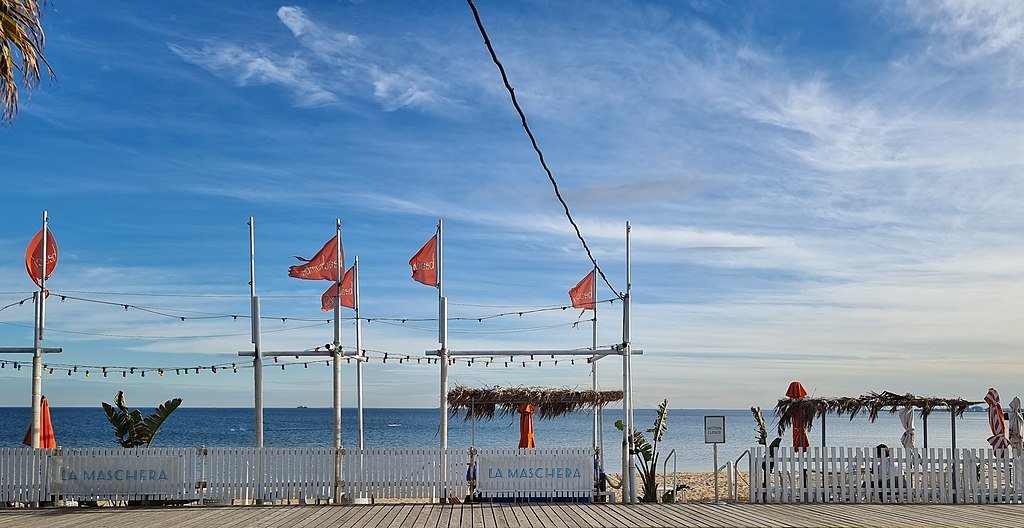
The St. Kilda neighbourhood in Melbourne is a particular highlight for tourists. This suburb boasts a wide range of attractions, from beachside relaxation to a thriving nightlife scene, the famous Esplanade Markets, and some of the best food in the city (if not the state). It’s a great place to go if you have a sweet craving because the neighbourhood is quite culturally varied and Acland Street, in particular, is well-known for its Greek and Jewish bakeries and cake businesses. There are numerous vegetarian restaurants in this area (particularly noteworthy is the pay-as-you-feel Lentil as Anything). St. Kilda is renowned for its vintage treasures, upscale boutiques, and distinctively colourful beach shacks. The pier is lovely, especially at night when it is illuminated and you can go penguin watching. The botanic gardens are also a terrific place to burn off that scrumptious cake or to work up an appetite for the fantastic local cuisine. Luna Park, a famous amusement park founded in 1912, is also nearby. The Scenic Railway debuted in the park that same year, making it the oldest continuously running rollercoaster in the entire world (with fantastic views of Port Phillip Bay). It’s fun, even simply for a walk around, and entry is free; just pay for the rides you take.
Healesville Sanctuary
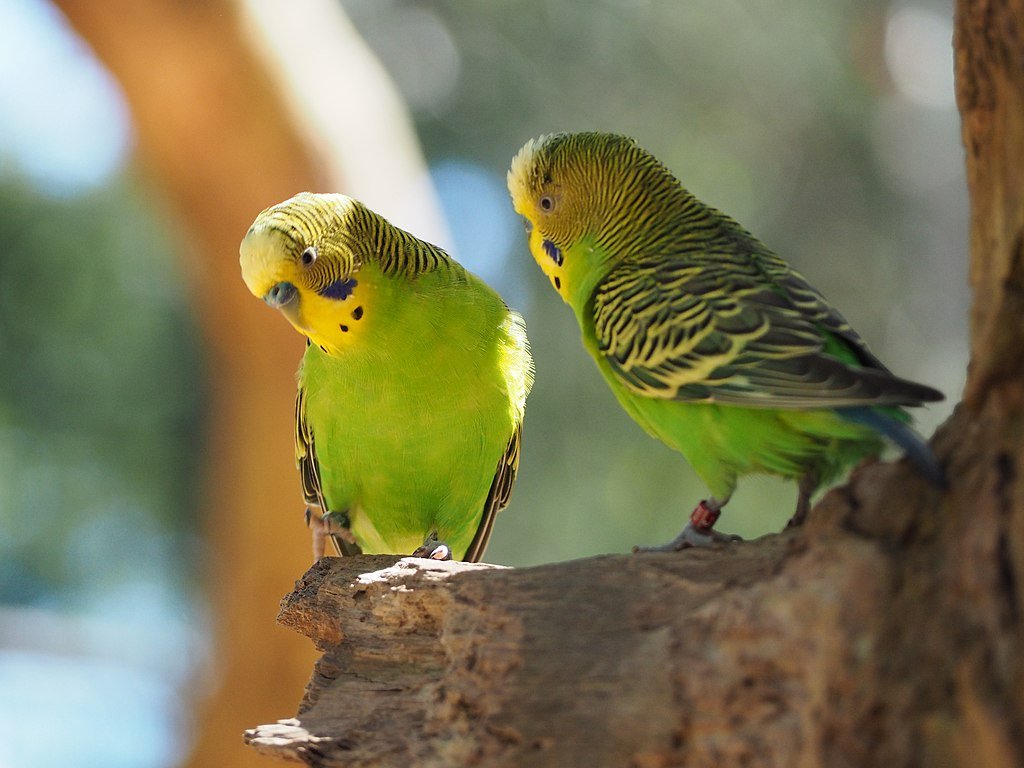
This sanctuary, which is situated in the picturesque Yarra Valley, is often regarded as the best place in Australia to view and interact with Australian wildlife in its native habitat. Get up close and personal with a variety of well-known Australian animals, including platypuses (the sanctuary’s most recognisable species), kangaroos, koalas, emus, and wombats. Additionally, there are a number of fascinating “wild interactions” available, including “wombat pat & play,” “walk with the platypus,” and a dingo encounter (supposedly they occasionally kiss guests on the cheek!). The trip to the sanctuary is a trip to remember thanks to these distinctly Australian experiences.
Grampians National Park
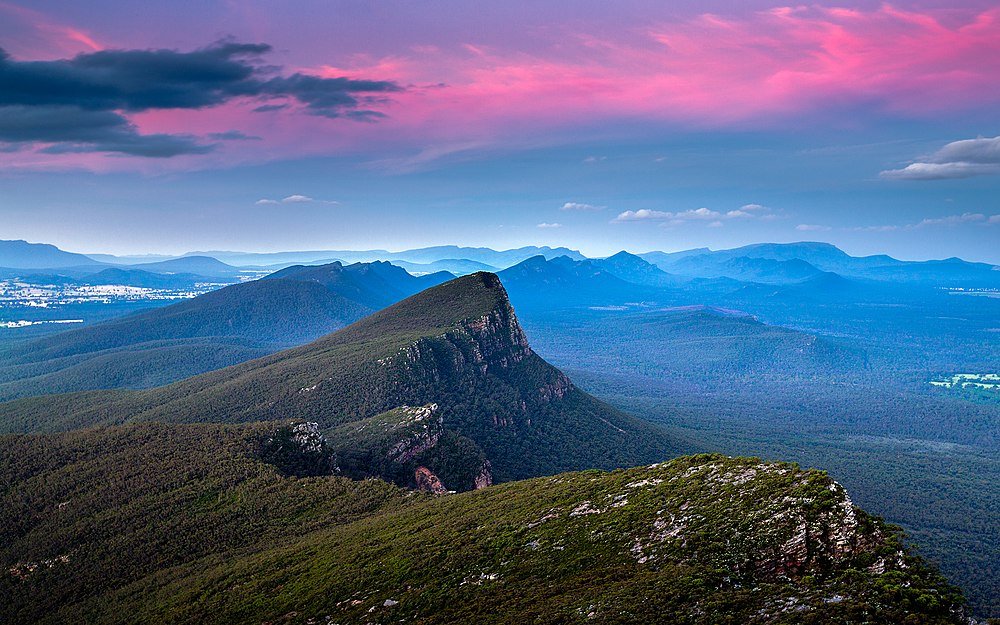
You’ll find numerous picture-perfect images for your photo album in this gorgeous national park, which boasts a remarkable variety of scenery, from craggy sandstone hills to lush waterfalls and vibrant spring wildflowers. The sunset views are a must-see, though. The Grampians is an excellent place to view fauna while you enjoy the various walking paths in the area because it is home to many Australian marsupials and native birds. There are also intriguing specimens of indigenous art from the past. If you take a short excursion beyond the park to Ararat or Halls Gap, you can find plenty of stunning contemporary art created by regional studios. Ararat is also a well-liked tourist destination, and its spooky ghost tours are a special draw.
Great Otway National Park
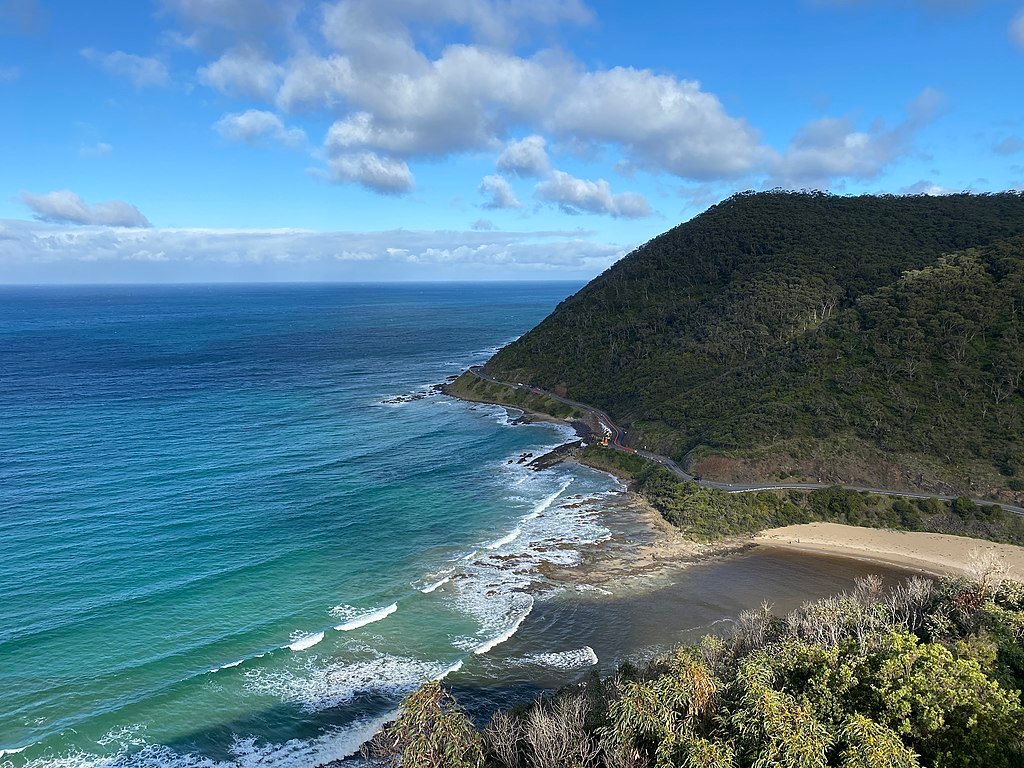
The Otways are a well-liked detour for motorists on the Great Ocean Road and are regarded as an iconic Victorian experience; they are well-liked by residents, interstate travellers, and visitors from outside. While travelling, make sure to stop in a few villages and enjoy the Great Otway National Park. If you’re feeling brave, try the zipline!
Torquay and the Great Ocean Road
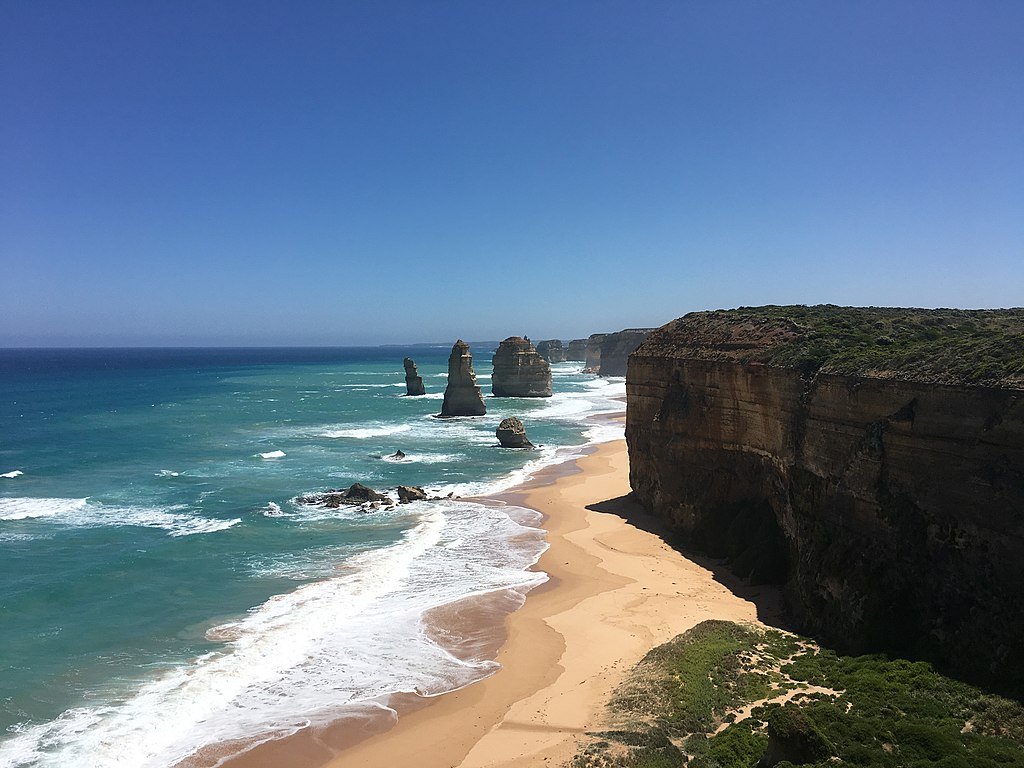
Torquay is a charming seaside resort town best known as the starting point for the Great Ocean Road, but it’s also well worth a trip on its own. It’s known for its world-famous surf beaches, including Bells Beach, and if you go during Easter, you can watch some of the best surfers in the world compete at the Bells Beach Rip Curl Pro. You can take a nice, tranquil stroll down the Surf Coast, or you can simply lie out and rest. The Surfcoast Cottages and Bells Estate Cottages are gorgeous, and there are lots of delicious dining options in Torquay, making it the ideal vacation spot for couples. Many tourists will proceed from Torquay onto the 243-km stretch of the Great Ocean Road that has been designated as an Australian Heritage site. With its stunning coastal and mountain views, quaint towns like Apollo Bay, and additional examples of the country’s famed white-sand beaches, the Great Ocean Road has served as the setting for numerous international car commercials.
Alpine National Park

The Alpine National Park is home to two of Victoria’s best-known mountains, Mt Buller and Mt Hotham, both of which operate alpine resorts that are famous throughout Australia as winter sports destinations. It goes without saying that visiting the Alpine National Park in the spring and summer offers a completely different experience, so if you have the chance, do so! Beautiful vegetation and fauna may be seen throughout the area, especially during the wildflower season. The hiking and biking trails are excellent for a trip outside. Check out the summer events and activities offered by Mt Hotham and Mt Buller on their individual websites, which range from fireworks displays to film festivals to abseiling.
Carlton Gardens
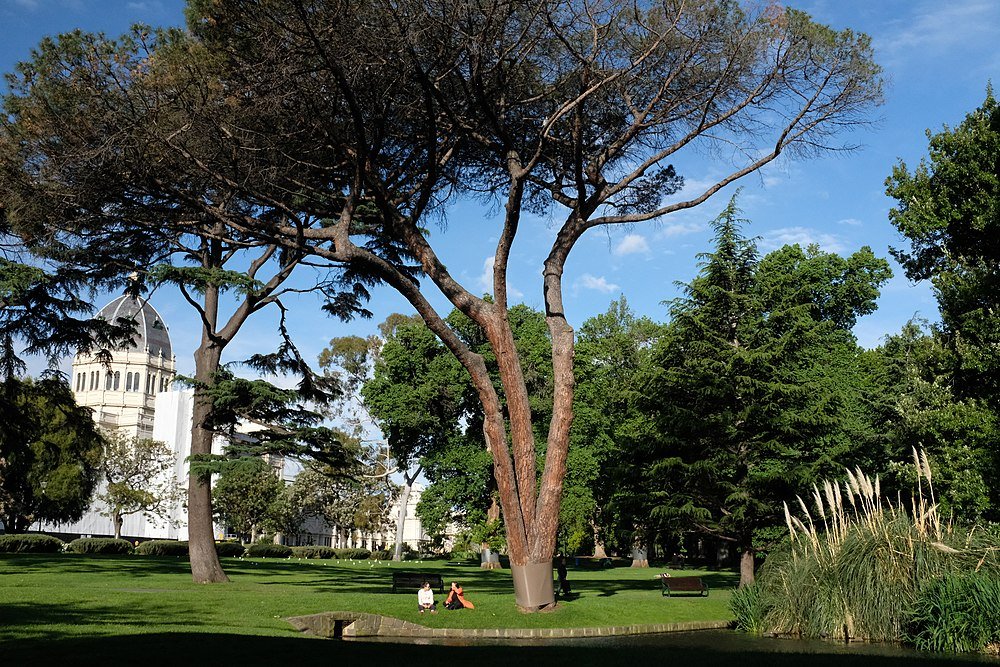
Within a short stroll of Melbourne’s city centre lies the Carlton Gardens, a UNESCO World Heritage Site. The Royal Exhibition Building, Imax Theatre, and Melbourne Museum are all featured in the complex and are all highly recommended. The gardens are notable for their biodiversity and for being a beautiful example of Victorian gardening. An extremely attractive example of heritage architecture is the Royal Exhibition Building. There is also a tonne of wildlife in the region, including possums, kookaburras, and tawny frogmouths. At night, there are even bats! The Exhibition, French, and Westgarth Drinking Fountains are three of the complex’s larger fountains. For residents of Melbourne and tourists to the city, the area makes for a nice and convenient day trip.
Wilson’s Promontory National Park
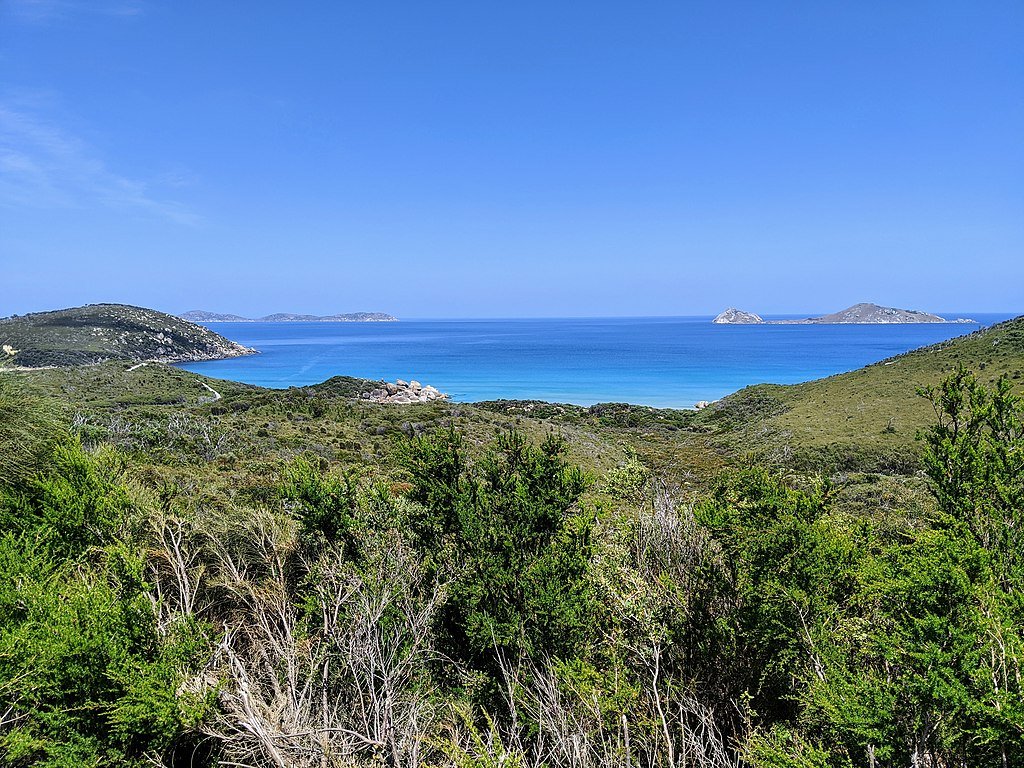
People from all over Victoria enjoy visiting “the Prom,” Victoria’s greatest coastal wilderness region, where they can get up close to a variety of unique Australian plants and animals, including kangaroos, emus, wombats, echidnas, and beautiful birdlife. These animals will be very nice to you if you have some food to offer because they are accustomed to people due to the prom’s high tourist traffic. The Prom is a nice place to unwind on the beach and has lovely walking pathways. You’re guaranteed to locate lodging that meets your preferences because it’s a well-liked spot for camping as well as romantic getaways. A tour of Wilson’s Promontory is available.
Daylesford
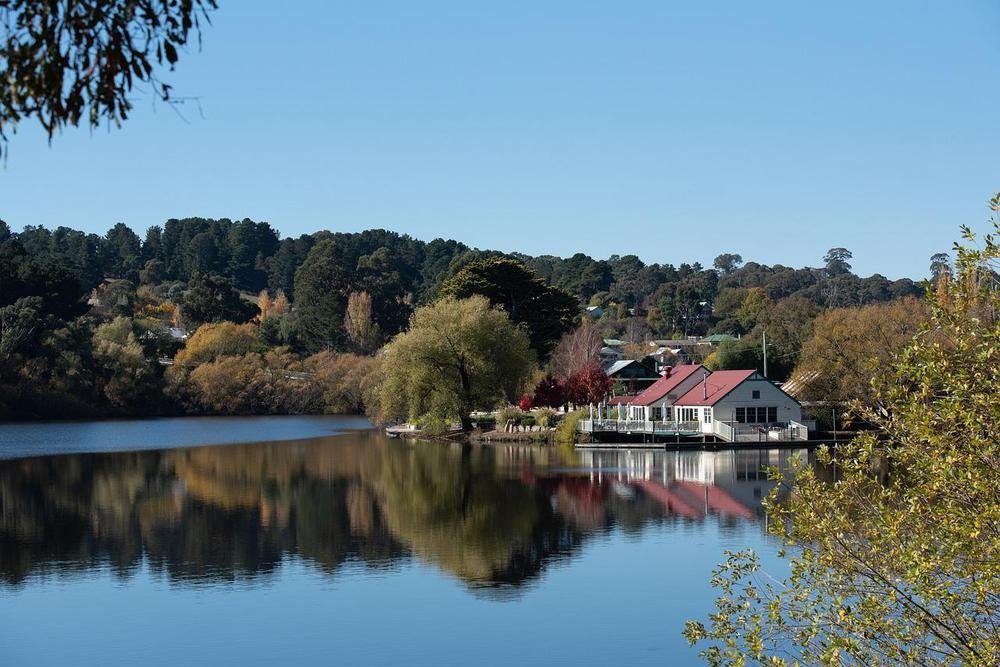
Daylesford, a charming spa town about an hour and a half from Melbourne, is well-liked by both residents and visitors. Daylesford, which was first built as a gold mining community, has been a well-liked spa town for a century. Over 80% of Australia’s effervescent mineral water is found in the greater town and its surroundings, which are known for their natural spring mineral baths. Daylesford is renowned for its wines, galleries, restaurants, and stunning lake vistas, in addition to its numerous spas. The Wombat Hill Botanical Gardens are also a lovely attraction, and the stunning Hepburn Regional Park is only a stone’s throw away.


